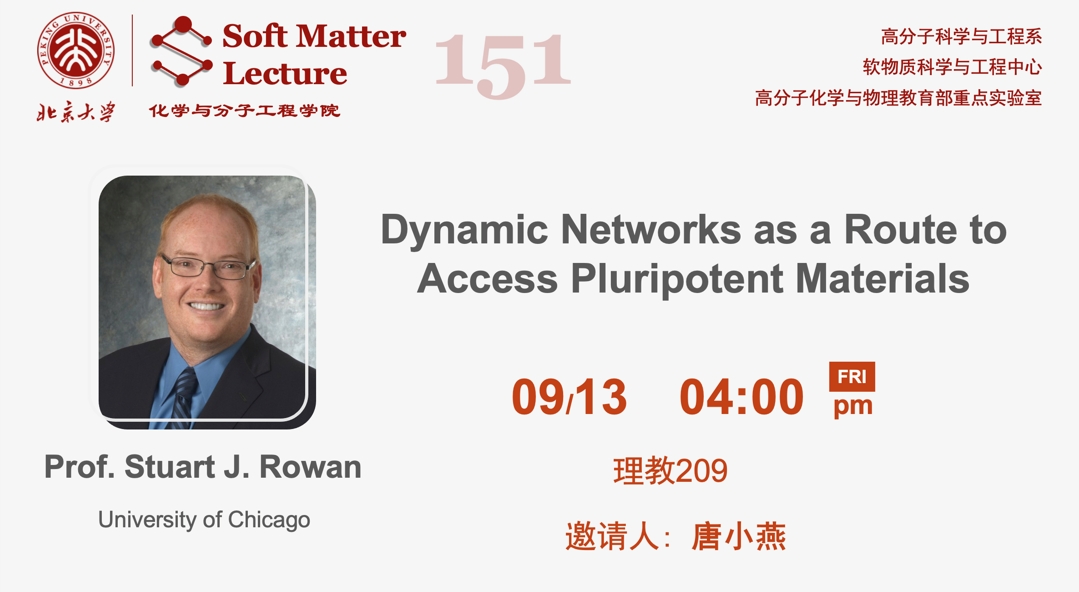
Abstract
The concept of a pluripotent material is best explained by analogy to stem cells, which are pluripotent as they can give rise to different cell types. Thus, a “stem plastic” has the capability of being converted into different classes of plastic material. If a wide range of materials can access from one stem plastic, then this could offer a different way to think about plastic sustainability. Furthermore, a pluripotent plastic could play a critical role in resource-scarce areas (at sea, in space, on the battlefield), where operational tasks often require a wide range of distinct materials properties for specific applications, but there is limited access to materials. Thus, the concept of pluripotent plastics that can be converted into very different materials depending on need, is an attractive one. The question, therefore, is “how can we design pluripotent materials?” We have been investigating dynamic covalent networks combined with tempering or training procedures as one route to such materials.
Biography
Stuart J. Rowan is the Barry L. MacLean Professor of Molecular Engineering and Professor of Chemistry at the University of Chicago. He is the Director of the University of Chicago’s Materials Research Science and Engineering Center (MRSEC) and has a staff appointment at Argonne National Labs. Stuart was born in Edinburgh, Scotland and grew up in Troon on Scotland’s west coast. He received his B.Sc. (Hons.) (in 1991) and PhD (with D.D. MacNicol in 1995) from the University of Glasgow. He moved to the Chemistry Department at the University of Cambridge to work with Jeremy K. M. Sanders. He continued his postdoctoral studies with Sir J. Fraser Stoddart at the University of California, Los Angeles in 1998. In 1999 he was appointed as an Assistant Professor in the Department of Macromolecular Science and Engineering at Case Western Reserve University in Cleveland, Ohio. In 2005 he was promoted to Associate Professor with tenure and became a Full Professor in 2008. In 2009 he was named the Kent H. Smith Professor of Engineering and in 2016 he moved to the University of Chicago. He is a NSF CAREER and NSF Special Creativity awardee, received the Morley Medal (ACS) in 2013, the CWRU Distinguished University Award in 2015, and the Herman Mark Scholar Award (ACS) in 2015. He is a Fellow of the Royal Society (FRS), an ACS Fellow, an ACS POLY Fellow, a Fellow of the Royal Society of Chemistry and is currently the Editor-in-Chief of ACS Macro Letters. His group works on supramolecular polymers, dynamic covalent polymers, self-healing materials, responsive adhesives, sustainable plastics, nanocellulose, polymers for battery applications, biomaterials and developing new synthetic methods for the construction of complex polymeric architectures.